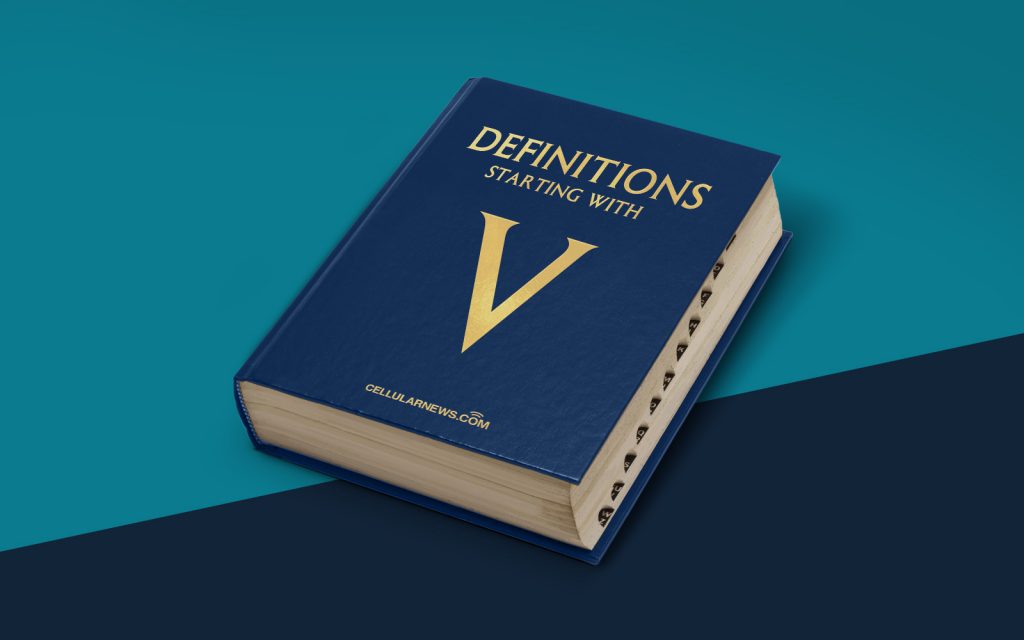
The Definition of Vector Graphics Rendering Explained
Welcome to our “DEFINITIONS” series, where we dive deep into various topics to provide you with clear and concise explanations. In this installment, we will explore the concept of vector graphics rendering and shed light on what it entails. If you’ve ever wondered how those sleek and sharp images on your favorite websites or design projects are created, you’re about to find out!
Key Takeaways:
- Vector graphics rendering is a method used to create and display images using mathematical formulas.
- This technique allows for infinite scalability without losing image quality.
So, what exactly is vector graphics rendering? In simple terms, it is a method used to create and display images by using mathematical formulas to define shapes and lines. Unlike its counterpart – raster graphics – which is composed of pixels, vector graphics consist of points, lines, and curves. This unique characteristic brings a host of advantages and makes vector graphics rendering incredibly powerful and versatile.
Here are a few key benefits of vector graphics rendering:
- Infinite Scalability: One of the standout features of vector graphics is their ability to scale without losing quality. This means that no matter how much you enlarge or reduce a vector image, it will always maintain its sharpness and clarity. This versatility makes vector graphics ideal for logos, illustrations, and any visual asset that may be used across different platforms and sizes.
- Small File Sizes: Another advantage of vector graphics is their compact file size. Since the images are defined by mathematical equations rather than a vast array of pixels, vector files tend to be much smaller than their raster counterparts. This makes vector graphics perfect for web design, as they allow for quicker loading times and improved user experiences.
- Easy Editing and Customization: Vector graphics are highly flexible and editable. Unlike raster graphics, which can become pixelated and lose quality when edited, vector images can be modified and adjusted without any loss in detail. Designers can easily manipulate individual elements, change colors, adjust shapes, and experiment with different compositions, all without compromising the integrity of the image.
- Consistent Quality: Regardless of the device or resolution, vector graphics ensure consistent quality across different platforms. As vector images are based on mathematical formulas, they are resolution-independent. This means that whether viewed on a high-definition screen or a small mobile device, the image will always appear sharp and crystal clear.
Vector graphics rendering plays a vital role in many industries, including graphic design, web development, and animation. By harnessing the power of mathematical formulas, designers and developers can create stunning visuals that are not only aesthetically pleasing but also highly functional.
In conclusion, vector graphics rendering is a technique that enables the creation and display of flexible, scalable, and high-quality images using mathematical formulas. This rendering method offers countless advantages over raster graphics, making it a popular choice in various fields. Whether you’re a designer, developer, or simply curious about the world of computer graphics, understanding vector graphics rendering will undoubtedly broaden your knowledge and appreciation.
We hope you found this “DEFINITIONS” post helpful and informative. Stay tuned for more insightful content as we continue to explore different concepts in our series. If you have any questions or suggestions for future topics, feel free to leave a comment below. Happy rendering!
